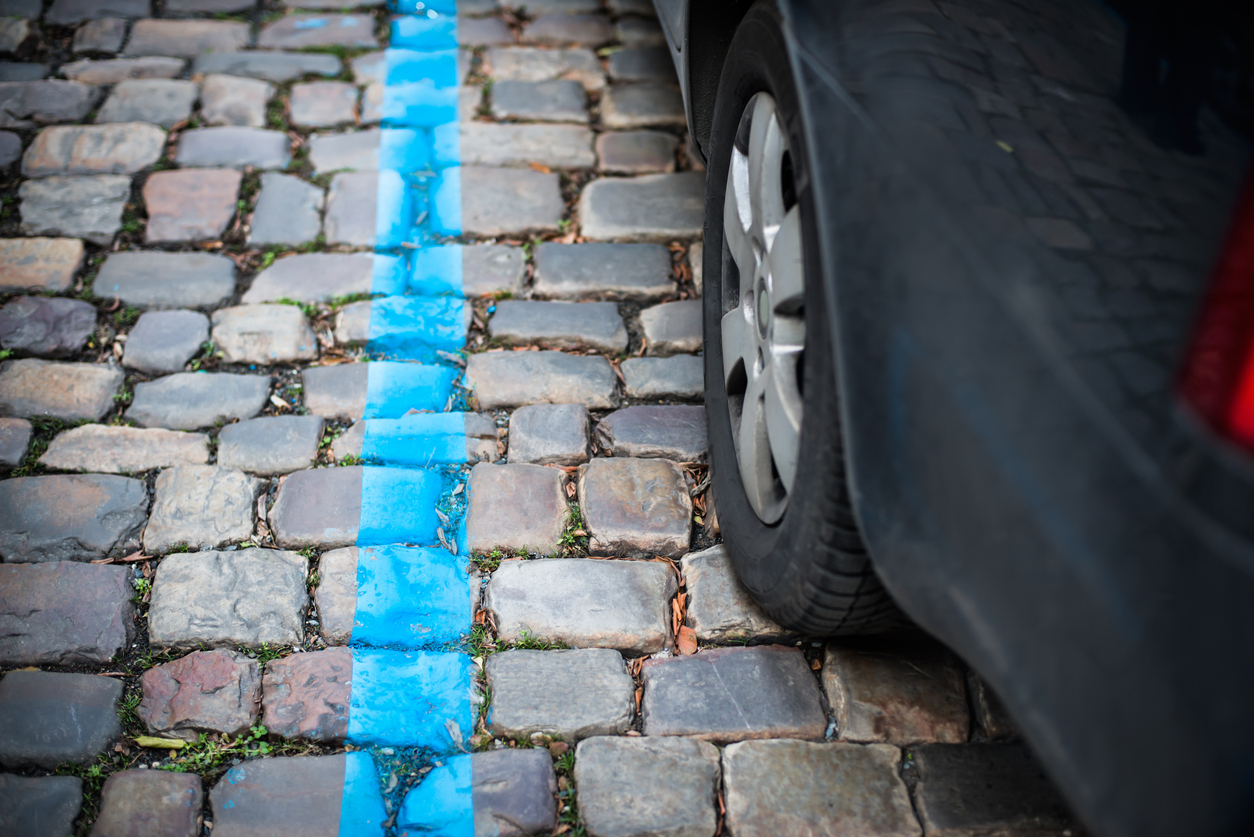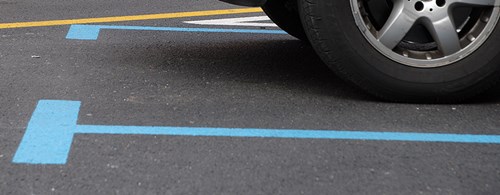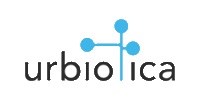Urbiotica: Control of Paid Parking Areas

Regulated parking areas are essential services to ensure vehicle turnover in busy urban areas. Time-limited parking systems are a way to free up spaces for drivers who need to go to busy areas of towns and cities to visit shops and other businesses.
Traditional parking control methods, blue zones, aim to make more street parking spaces available by charging fees and, sometimes, by allowing drivers to park for a limited time only.
These regulated parking areas are usually installed in the vicinity of service areas like shops, hospitals, and schools to make life easier for users who need to find parking spaces so they can do what they need to do.
Drivers have to take time to read the information on the signs in car parks explaining the rules because conditions vary from zone to zone. For example, certain car parks close to beaches and popular tourist attractions also charge fees and impose time limits on Sundays and public holidays.
The most common times when parking is restricted in these regulated parking areas are from Monday to Friday from 9 am to 2 pm and from 5 pm to 8 pm, but they sometimes apply on Saturdays, and even Sundays and public holidays. It is up to each local authority to establish specific regulations for each area, and even different fees within the same town, depending on the demand for parking spaces in each area.
This stops cars from parking up for long periods, freeing spaces for other drivers to park, do what they need to do, and then vacate them for the next user.

How Do Regulated Parking Areas Work?
In some towns, drivers have cards that prove that they are “Persons with Reduced Mobility”, and electric vehicles have zero-emissions certificates that allow them to park free of charge. All other vehicles must pay a fee.
Traditionally, when parking in a blue zone, the driver must pay for a certain time in cash or with a card using the parking meter and display the ticket dispensed by the machine in the car. The proof of payment must be visible inside the vehicle so it can be checked by parking attendants doing their rounds.
There are now several apps available that drivers can use to pay to park, which makes the process more convenient. With these apps, if you realize you are going to take longer than expected, you can extend your ticket time and there is no need to run back to the parking meter.
Nevertheless, this is a cumbersome way of controlling parking spaces, because the attendants follow set routes and have to check vehicles individually in search of infringements. This is time-consuming and some irregularities get through the net.
One system that makes the parking attendant’s job easier is a vehicle with an integrated number plate recognition system, however, these vehicles still follow set routes, and there is still a risk that rule breakers will get away with not paying because the success of the detection system depends on the detector passing by when a vehicle is parked incorrectly. The system also adds to traffic congestion.
What is really needed is a system that will detect infringements and alert attendants for more efficient control and to make better use of attendants’ time.
The Urbiotica Solution
Installing sensors in controlled parking areas makes it possible to detect vehicles whose drivers are breaking the rules by not paying or exceeding the ticket duration.
Users also benefit from real-time information about the availability of spaces, and they can drive to even busy areas knowing they are going to find a free space and will not need to drive round and round looking for one.
Because the spaces are monitored remotely, there is no need for attendants to waste time checking all the parked vehicles. Users who park and don’t pay are detected immediately, as are those who do not vacate the parking space in time.
How Does It Work?
- The user parks in a numbered controlled parking space, guided by the information in the app. The U-Spot sensor detects the vehicle.
- The user pays with one of the available methods (app, parking meter, etc.) selecting the space occupied. U-Admin is integrated with payment methods to send alerts.
- If the user does not pay or stays too long, the attendant is alerted automatically.
- The attendant manages the alert, notifying the driver of parking fines or discarding the alert if no fine is applicable. The action taken is recorded, giving flexibility to the system.
- The U-Admin manager can configure, supervise and check all the system information: spaces, parking rules, user accounts, and attendants.
This solution reduces the cost of controlling parking spaces because, with real-time alerts, attendants need not follow set routes and can focus on problem areas with more infringements.
There are also more available parking spaces because automatic control makes users more likely to comply with the rules, which speeds up the rotation. Drivers also like the system, because they can be confident that they will find a free parking space, even in busy areas.
There are benefits for the city, too, with fewer cars crawling around the streets searching for parking spaces, vehicle pollution is less of a problem.
Success Case in Viseu, Portugal
The system has been installed in Viseu, Portugal, where citizens were bothered by vehicles causing high levels of pollution.
 Viseu City Council and SEMOVE PARK, a collaboration between Saba and Egis, selected our system and decided to install 868 U-Spot DUO sensors to improve the user experience and stimulate local trade. They installed our ParkCtrl application to manage parking control, integrated with the project’s payment systems – Flowbird parking meters – and the SABA app, and a multi-bank reference as an option for voiding fines.
Viseu City Council and SEMOVE PARK, a collaboration between Saba and Egis, selected our system and decided to install 868 U-Spot DUO sensors to improve the user experience and stimulate local trade. They installed our ParkCtrl application to manage parking control, integrated with the project’s payment systems – Flowbird parking meters – and the SABA app, and a multi-bank reference as an option for voiding fines.
The system’s sensors now provide drivers with real-time information, showing them free parking spaces at all times. They can check the information on the SABA app or information panels, making it simple to decide whether to park.
It also makes the parking attendants’ job much easier because the system displays real-time information about drivers who have not paid or have exceeded the ticket time.
About Urbiotica
Urbiotica was established in 2008 with a very clear foundational vision: technology based on wireless sensor networks will transform how we manage our cities.
Urbiotica leads the revolution of the Internet of Things applied to Smart Cities. The projects implemented in more than 20 countries position us as the leading technology company in the development of smart solutions based on sensor systems, designed to manage urban space more efficiently and sustainably.
About Flowbird
 Flowbird operates in over 5,000 towns and cities in 70 countries. The company is constantly innovating and breaking new ground to help provide solutions. Its mission is to facilitate the individual journey and maximize a city’s unique mobility potential while considering all city stakeholders and end-user experiences. Through its devices, elite service platform, and teams, Flowbird enables a new era for maximizing urban harmony and value throughout the city’s core.
Flowbird operates in over 5,000 towns and cities in 70 countries. The company is constantly innovating and breaking new ground to help provide solutions. Its mission is to facilitate the individual journey and maximize a city’s unique mobility potential while considering all city stakeholders and end-user experiences. Through its devices, elite service platform, and teams, Flowbird enables a new era for maximizing urban harmony and value throughout the city’s core.






Comments
There are no comments yet for this item
Join the discussion